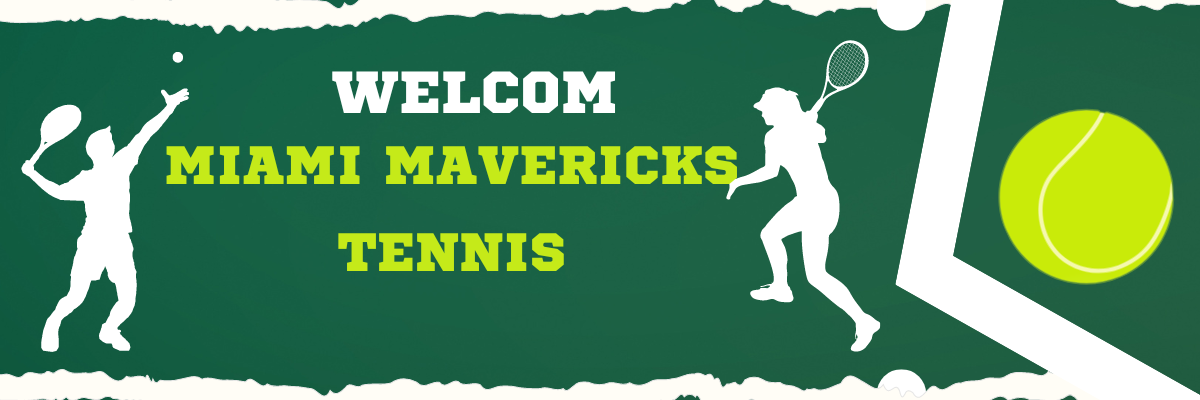Table Of Contents
Comparing Badminton and Tennis
Racket sports are known for their exhilarating nature, providing an enjoyable experience filled with power, precision, and accuracy. While tennis involves hitting a ball, badminton revolves around hitting a shuttlecock. Both games share similarities and differences that set them apart.
Similarities between Tennis and Badminton
Although it may be challenging to directly compare tennis and badminton, they do share certain similarities, such as:
- Racket sports: Both are classified as racket sports.
- Net gameplay: In both games, players aim to hit the ball or shuttlecock over the net to score points.
- Various categories: Men’s singles, men’s doubles, women’s singles, women’s doubles, and mixed doubles are common categories in both sports.
- Olympic and Asian games: Tennis and badminton are both featured in the Olympics and Asian games.
- Match formats: Badminton matches consist of the best of three games, while tennis matches follow a best of three sets format. However, Grand Slam tournaments in tennis require the best of five sets to determine the winner.
Differences between Tennis and Badminton
Tennis:
- Ball gameplay: Tennis is played with a ball, which can bounce once before a player makes contact.
- Serve count: In tennis, a player has two serves to start a point.
- Court dimensions:
- Singles: 78′ x 27′
- Doubles: 78′ x 36′
- Equipment weight: Tennis rackets and balls are heavier compared to badminton equipment.
- Racket weight range: 8oz – 12oz (255 – 340g)
- Tennis ball weight range: 2oz – 2.5oz (56 – 59.4g)
- Physical demands: Tennis requires more physical stamina, power, and overall fitness.
- Match duration: Tennis matches are typically longer than badminton matches.
- Outdoor preference: Tennis is predominantly played outdoors.
- Popularity and reach: An estimated 1.2 billion people worldwide regularly play or watch tennis, mostly in wealthier countries.
- Higher prize money: Tennis tournaments offer higher prize money, especially in prestigious Grand Slam events.
Badminton:
- Shuttlecock gameplay: Badminton is played with a shuttlecock, which must be hit before touching the ground.
- Serve count: In badminton, a player has only one serve.
- Court dimensions:
- Singles: 44′ x 17′
- Doubles: 44′ x 20′
- Equipment weight: Badminton rackets and shuttlecocks are lighter compared to tennis equipment.
- Racket weight range: 2.8oz – 3.5oz (80 – 100g)
- Shuttlecock weight range: 0.16oz – 0.19oz (4.75 – 5.5g)
- Physical demands: Badminton requires more quickness, agility, and fast reflexes, similar to tennis.
- Match duration: Badminton matches are generally shorter than tennis matches.
- Indoor preference: Badminton is typically played indoors.
- Global participation: Badminton surprisingly ranks among the top 10 most participated sports globally, with an estimated 220 million regular players worldwide.
- Lower prize money: Prize money in badminton tournaments is not as high as in tennis.
Why Tennis Triumphs Over Badminton
The question of which sport is better, tennis or badminton, ultimately depends on personal preferences. Tennis may appeal to those who appreciate longer games, enjoy the grandeur of playing in front of large crowds, and prioritize long-term health and fitness. Tennis offers numerous advantages, including the potential for substantial prize money, particularly in Grand Slam tournaments. For example, Rafael Nadal earned a prize money of 3.85 million dollars when he won the US Open in 2019. If you desire these benefits, tennis could be the game for you. Start playing tennis and embark on an exciting journey in the world of racket sports.

